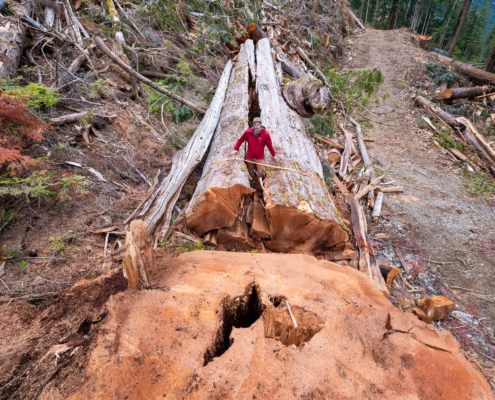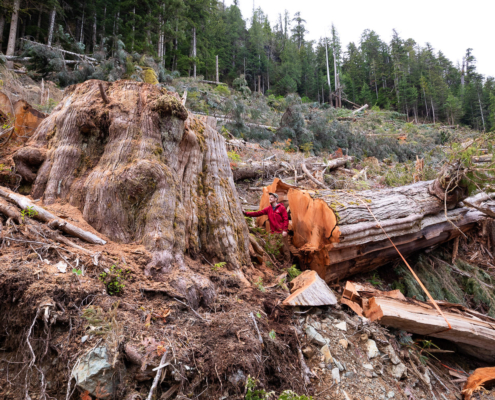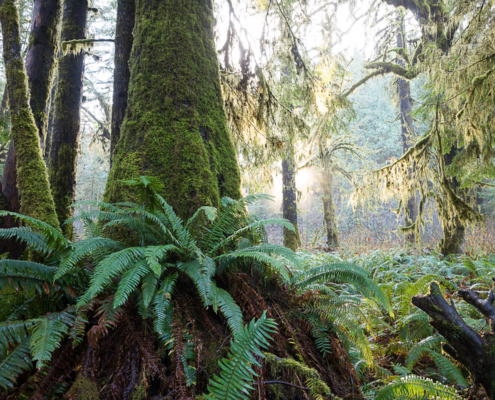Sooke News Mirror: Port Renfrew’s Avatar Grove closure drags on with no end in sight
With Avatar Grove closed since 2022 and unmaintained since 2018, there are many questions as to when the beloved old-growth forest will reopen.

Global News: BC advocates raising alarm due to recent clear-cut on Vancouver Island
See this Global News video coverage featuring Ancient Forest Alliance's recent documentation of old-growth logging in the Nahmint Valley.

Victoria Buzz: ‘Old-growth carnage’: Activists concerned over clear-cut forest near Port Alberni (PHOTOS)
BC old-growth activists have taken before and after photos of a large area of an ancient grove that was clear-cut on Vancouver Island near Port Alberni in the Nahmint Valley.

To our recent business supporters: Thank you!
We would like to extend a huge thank you to the following businesses for kindly supporting the old-growth campaign.

Massive Old-Growth Trees Cut in the Nahmint Valley via BC Timber Sales
Shocking photos and drone footage reveal carnage as old-growth trees upwards of 9 feet wide and over 500 years old are logged under the management of BC Timber Sales in the famed Nahmint Valley on Vancouver Island, BC.
